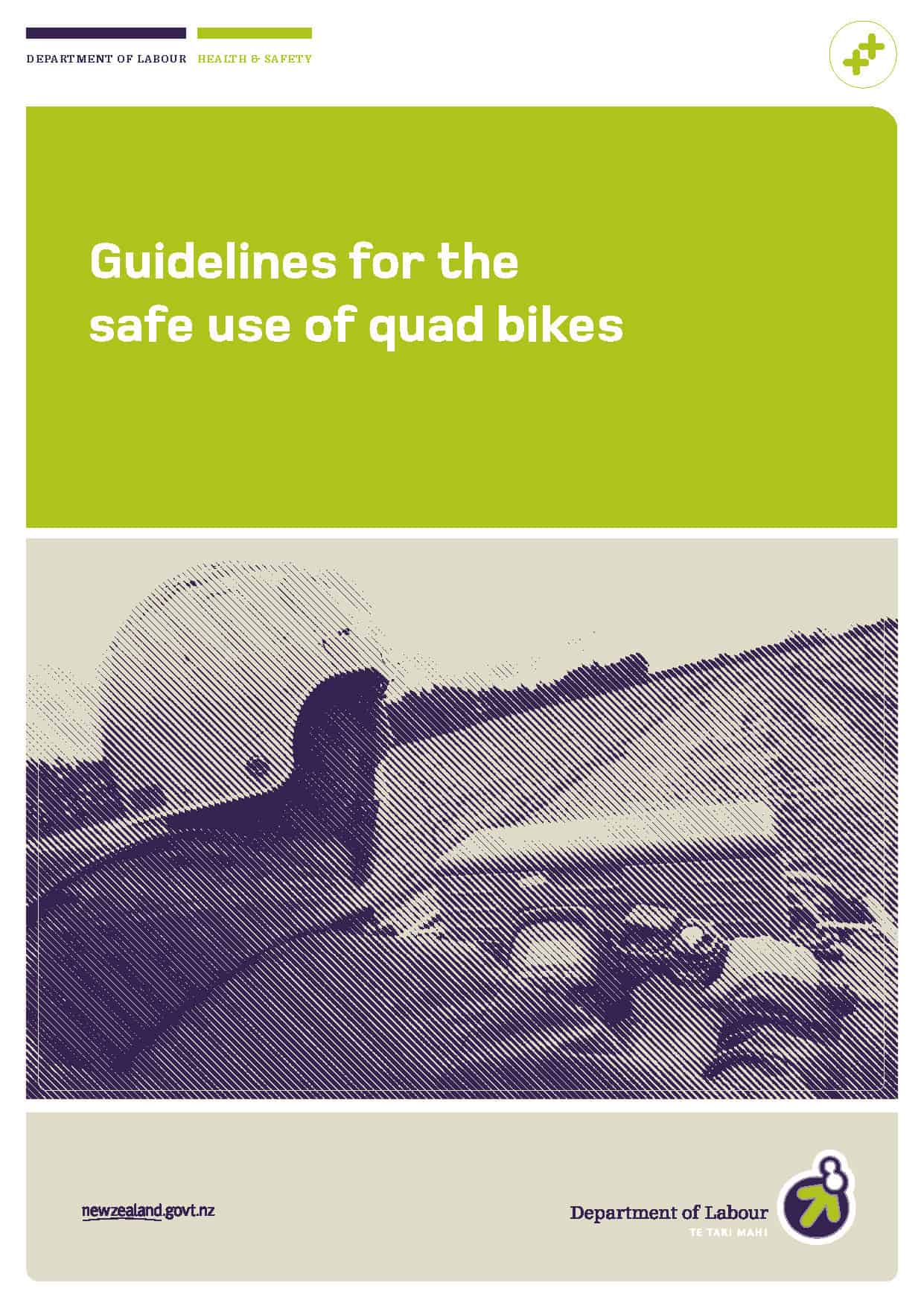Graphic ads or videos from OHS regulators are not new but each has their own approach and WorkSafe BC has released one, in particular, that is of interest to the construction industry.
On first viewing, the conduct of the supervisor is annoying. He provides inadequate information to the worker. He approves of the wrong tool for the job. Others may see nothing but a silly young worker. Continue reading “Graphic hazard video from WorkSafe BC”




